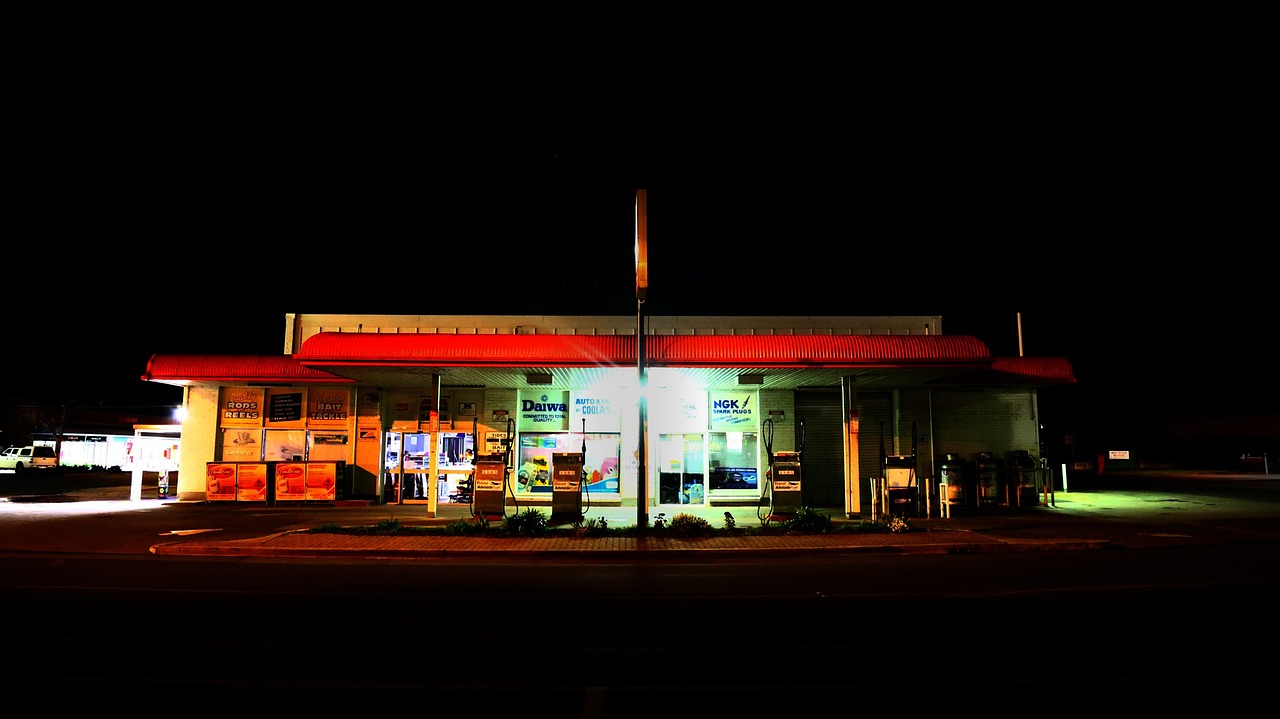Occasionally trees need to be cut down. In this day and age, nobody wants to remove a tree, however there are many reason why cutting down a tree is necessary.. But when cutting a tree, making the right decision is hard.
#1 most popular reason to have a tree removed is because the tree is too large for its location in the property and presents a danger if it should fall or drop branches.
This happens frequently due to high winds and rain in storms. Heavy trees from wet and soaked leaves and branches often fall and cause major damage to property and occasionally injury people.
#2 The tree is growing too close to– or the roots are intruding onto your house, fences, swimming pools, power lines or other buildings.
When is it finally time to remove that tree? Preferably, prior to the worst happens. We suggest that a dead or dying tree be removed as soon as you recognize it. The more time you put it off, the more dangerous the tree can become, and the more dangerous it can be to remove it.
#3 When the Tree Roots are Rotting and Weak.
Weak tree roots barely have any structural support, which causes the tree to decay and collapse. Identify this by looking closely at the base. When there is space between the tree and the ground, then it is structurally unsound.
#4 When There is Covered in Fungus
A large fungus growing at the base of the tree indicates an internal rot, which could be occurring in its trunk or roots. Fungus can cause diseases to living things, and is a possible breeding ground of poisonous mushrooms.
How Can I Remove a Tree Personally?
Our team do not recommend removing a tree on your own or without the help of a licensed arborist. Consulting an arborist here, will give you a professional opinion about the tree in question in a large variety of situations, and have been skilled in the safest and most efficient ways to remove them. An arborist can help you avoid a risky or dangerous situation and bring along the necessary hardware to remove the branches and wood that usually create a big mess on the ground.
It is very important that you carefully inspect the condition of a tree prior to cutting it down. If you need the assistance of a professional arborist, contact us.
When the Trunk Shows Sighs of Decay.
Upright cracks, seams, dead branch stubs, and large wounds are the most common signs of a decaying tree trunk. When these begin to appear, the circumference of the trunk will weaken, and the tree will gradually collapse. This can injure people and animals close by.
When the Tree is Part of an Undesirable Species
Undesirable species of trees show many destructive characteristics, including persistent breakage of branches, falling amounts of debris, and shallow roots that can harm yards and footpaths. Some undesirable tree species are Gumtrees, oak trees, Box Elder, Mulberry, Mimosa, Norway Maple, and Pines. These types are prone to insects and diseases.
The Tree is Not Healthy.
Take notice if the top of the tree or branches are dying back, or the trunk shows signs of decay.
Frequently, people take down trees just due to the fact that they think they are important to the environment. Avoid this error by identifying the condition of a tree that should be removed. Here are some of them.
When the Tree is Damaged
If the tree is 50% damaged, then it is time to cut it down. Damaged trees regularly decline, and have abnormal growth and appearance. Not only do they look poorly, but they are hazardous to people and property. Unfortunately many weak and damaged trees seem to survive many years, but it can also cause injuries to people passing by.
The Tree is Dead.
Obviously when a tree is dead, it ought to be removed. Leaving it there will pose a future risk to property because without the structural roots intact will result in the tree collapsing onto someone or onto property..
When the Tree Touches Your Home
When a tree is positioned too close to your house, that its branches are touching your property, then you should have it taken out. Because of mould growth, the branches and leaves may destroy your roof’s siding. It can also get as far as power lines that are definitely dangerous.
